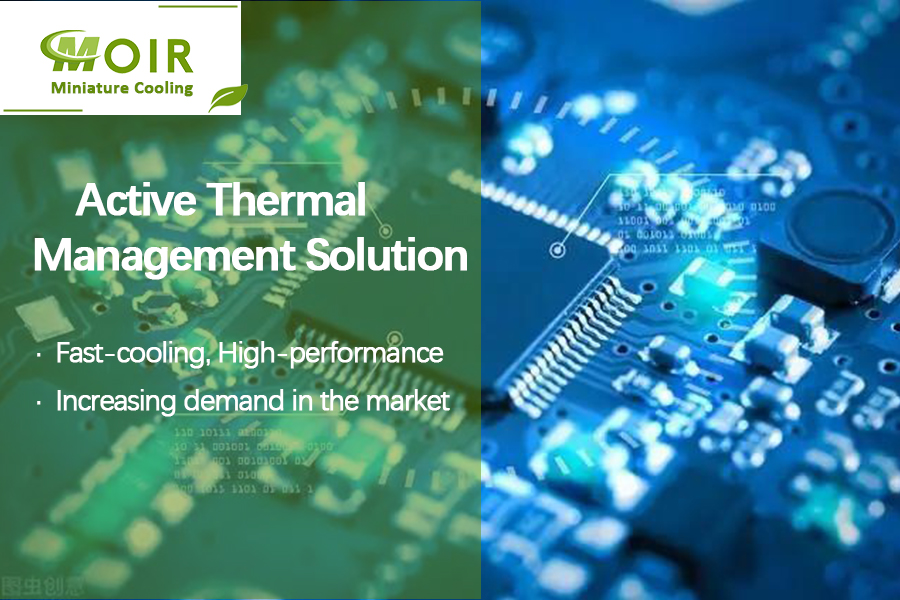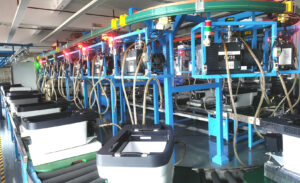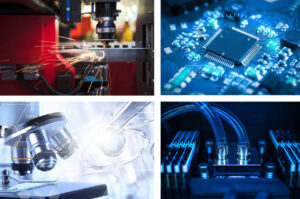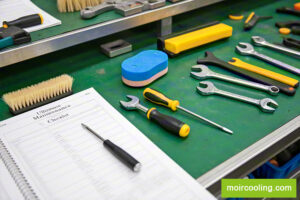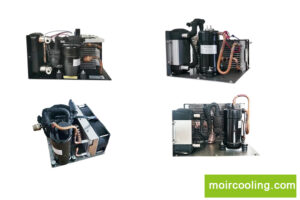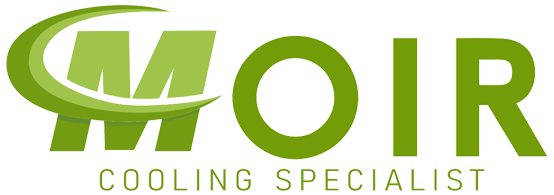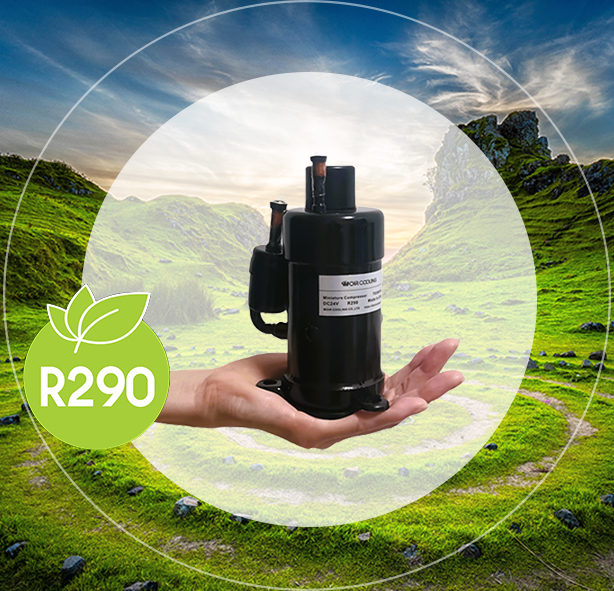A frequently encountered issue in engineering design, especially when it comes to electronics cooling, lies in the management of thermal conditions to achieve peak efficiency and performance beasts. The essence of this challenge involes creating energy-efficient system that will not overheat.
To address and mitigate the challenges and inefficiencies caused by heat, engineers utilize various cooling systems to regulate conditons. Broadly speaking, these systems can be categorized into two main types: active cooling and passive cooling methods. For those in charge of cooling systems who lack a mechanical engineering background, this guide will provide a solid foundation. One might wonder what active cooling is, how it differs from passive cooling? When is a cooling system actually necessary? And once its necessity is determined, how can you effectively communicate its importance to your product manager or lead engineer? In this articel, we will get you started.
1. Active cooling vs Passive Cooling
Active cooling refers to the use of mechanical or electrical means to remove heat from a system. It will allow the elements to be cooled to be kept at or below ambient temperature. This is typically achieved through the use of either a vapor compression system ( refrigeration cycle) or a thermoelectric device ( Peltier technology).
This contrasts with passive cooling, which relies on natural processes such as convection, conduction, and radiation to dissipate heat. Due to its design, it cannot maintain a temperature below the ultimate heat sink, which is typically ambient air. For the purpose of our discussion, ambient air will serve as the primary heat sink.
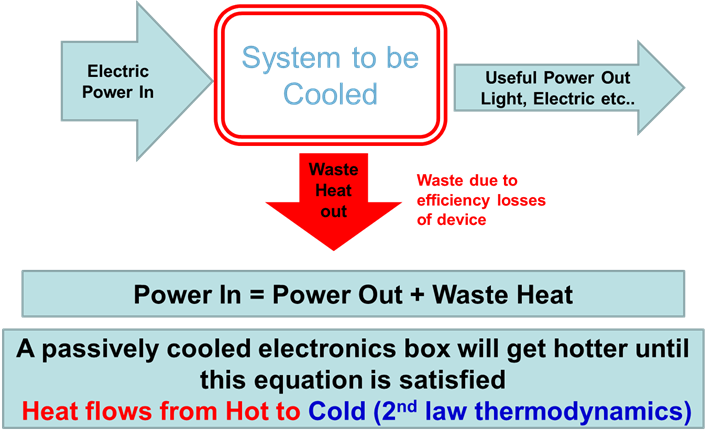
In every application that utilizes power, whether it’s a laser, electronics, a battery, or any other system, it is crucial to establish a cooling path that ensures the operating temperature remains within acceptable limits. In passive systems, such as the one depicited in the figure, the application consumes power and generates its signal through energy conversion to produce a useful output. However, due to inherent inefficient in all systems, waste heat is also produced. In the absence of active cooling, the temperature of the device will contine to rise until a balance is reached between the input power, output power, and waste heat.
More comparison from each other
Active cooling
Advantages:
- Generally more effective at cooling
- Maintenance-free systems can reduce ongoing costs
- Suitable for low-power applications or noise-sensitive applications
Disadvantages:
- Produces noise, affecting user experience
- Higher cost and energy usage, especially in cold chains
Passive Cooling
Advantages:
- Silent operation, favoring portability and battery life
- Can minimize and isolate internal heat, reducing energy consumption in data centers and manufacturing facilities
- Simple, low-cost, and easy to install, making it a sustainable solution for architecture
Disadvantages:
- Less efficient compared to active cooling methods
- Performance limitations due to passive nature, especially in high-performance systems like PCs
- Weight and power requirements can impact overall system efficiency and cost

The need for active cooling arises when the heat generated by a system cannot be effectively managed through passive methods alone. This is particularly true in scenarios involving high heat loads or where precise temperature control is required. For instance, in data centers, servers generate significant amounts of heat that must be continuously removed to prevent overheating and ensure optimal performance. Similarly, in electric vehicles (EVs), effective thermal management is crucial for battery health and vehicle range.
Active cooling technologies encompass a wide range of solutions, including fans, pumps, thermoelectric coolers (TECs), and liquid cooling systems. Fans and pumps actively circulate air or fluids to draw away heat from critical components. TECs, on the other hand, offer a solid-state alternative that uses the Seebeck effect to generate cooling without moving parts, making them particularly suitable for applications requiring high reliability 8. Liquid cooling systems are capable of removing heat much more efficiently than air cooling, making them ideal for large-scale applications like server farms.
However, these systems generally consume more energy than passive cooling solutions. Therefore, the choice between active and passive cooling depends on the specific requirements of the application, including the level of heat generation, the need for precise temperature control, noise levels, and energy efficiency considerations.
In conclusion, active cooling is a critical technology for managing heat in demanding applications. It ensures that systems operate within safe and optimal temperature ranges, thereby enhancing performance, reliability, and longevity. As technology continues to advance, innovative active cooling solutions will play a vital role in addressing the complex thermal management challenges faced by various industries.
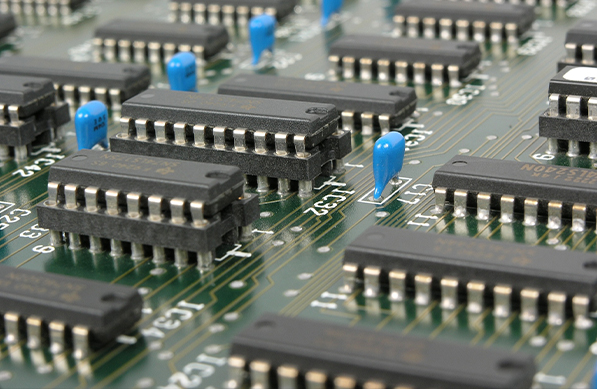
2. The lastest advancements in active cooling
The latest advancements in active cooling technology aim to reduce noise and energy consumption through various innovative approaches. These advancements are observed across different applications, including personal computers (PCs), solar panels, automotive systems, critical instruments, and home appliances.
1. This suggests a move towards more efficient and quieter cooling mechanisms that can be applied to PCs and potentially other electronic devices.
2. Noise Reduction Housing Design: An innovative noise reduction blower fan housing design has been introduced, which is particularly useful in electronics cooling. This design employs active source cancellation techniques to minimize noise emissions
3. Active Cooling in Solar Panels: Active cooling techniques for solar panels have seen advancements, including the use of pumps or fans for forced cooling. These methods are contrasted with passive cooling techniques that rely on natural air convection or conductive cooling using materials with high thermal conductivity
4. Smart Air Conditioner: Midea’s PortaSplit is a smart air conditioner that combines cutting-edge cooling technology with flexibility. Unlike conventional AC units, it represents a significant advancement in home cooling technology, although specific details on how it reduces noise and energy consumption were not provided
5. Energy Management in Cooling: There is a focus on innovations in cooling energy management technologies, which are revolutionizing temperature control approaches. While specific details on these advancements were not provided, the emphasis suggests a move towards more efficient and possibly quieter cooling solutions.

3. The environmental impacts of using active vs. passive cooling systems
The environmental impacts of using active versus passive cooling systems can be understood through a comparison of their operational principles, energy consumption, and overall sustainability.
Active cooling systems, as indicated in the evidence, involve the use of mechanical or electrical means to lower the temperature within a building. These systems can include air conditioning (AC) units powered by renewable energy sources to reduce their environmental impact. However, traditional active cooling solutions are associated with significant energy consumption and greenhouse gas emissions. The efficiency of these systems can be influenced by ambient temperature, humidity, and other environmental conditions, and they may require the use of membrane modules to enhance performance under certain conditions. Furthermore, the life cycle assessment (LCA) of air-conditioning systems has been conducted to evaluate their environmental impact, highlighting the need for sustainable practices in their design and operation.
On the other hand, passive cooling systems utilize natural elements and building design strategies to maintain comfortable temperatures without the need for mechanical intervention. These systems are designed to optimize sustainability and energy conservation by using local, abundant natural resources such as air and sunlight. Passive cooling techniques are recognized for their potential to reduce the energy demand of buildings significantly, making them a promising solution for sustainable development and climate adaptation. Evaporative cooling systems, a subset of passive cooling, are particularly noted for their small environmental impact due to minimized heat gain and lower air temperature. They are considered an interesting technique to address environmental and energy crises.
4. MOIR’s active thermal management solution for critical cooling
Driven by the increasing complexity and high-performance demands of electronic systems, the demand for active cooling solutions is on the rise. Engineering and manufacturers are investing in research and development to create more innovative and efficient cooling technologies. As a provider of active thermal management solutions, we are committed to staying at the forefront of this rapidly developing field and refining our products to meet the changing needs of the market. Today, we’ve developed and released a series of active cooling systems, like air-cooled systems, liquid-cooled systems, and direct refrigerant systems. Based on our ultra-small rotary compressor technology, these active cooling solutions offer the applications’ obvious advantages of ultra-quiet operation, efficient cooling, and high performance with rapid-full-down to the desired temperature level.
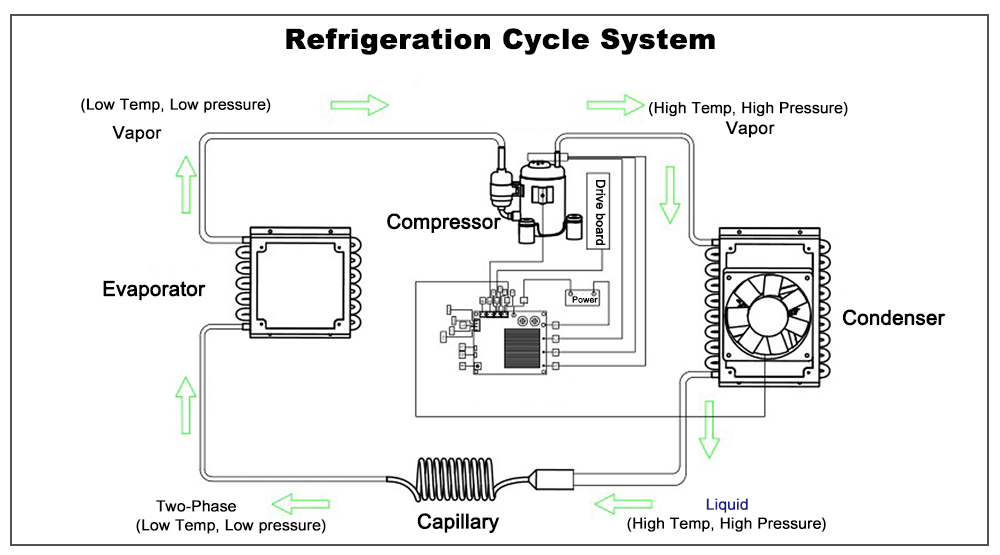
Nowadays, the need for active cooling arose as electronic components became smaller and more powerful, generating higher heat densities. The early days of computing saw the use of simple passive cooling methods like heatsink and fans. However, as technology progressed and the need for higher performance grew, these methods became insufficient. Active cooling techniques, such as liquid cooling and refrigeration systems, were developed to meet the increasing demands.
If you need a fast-cooling and cost-effective solution for high-performance computing, or extreme environments, or space-constrained applications, stop surfing the Net! You have finally found your answer. Contact us now info@moircooling.com.
